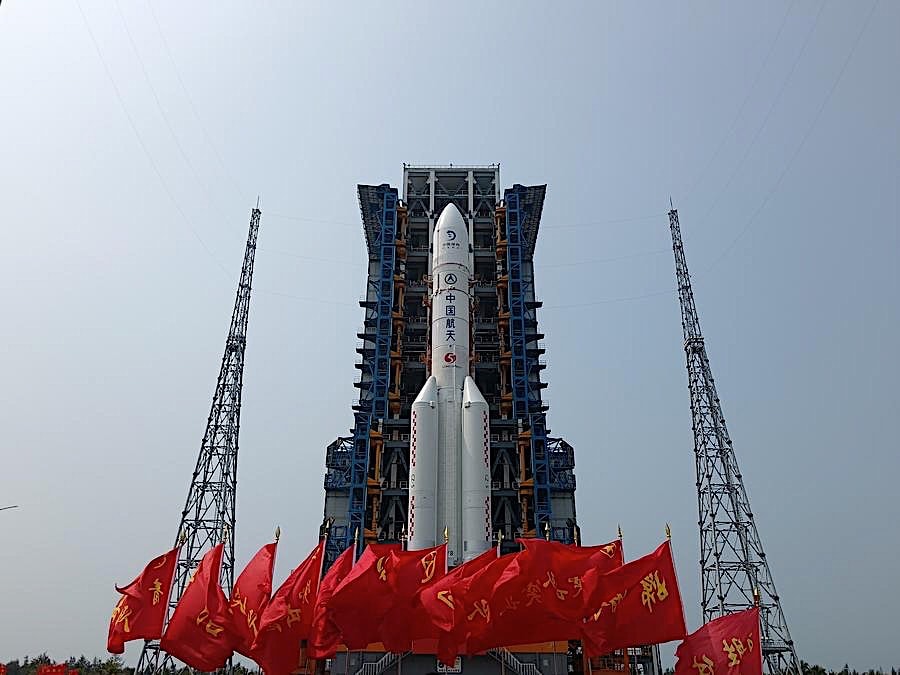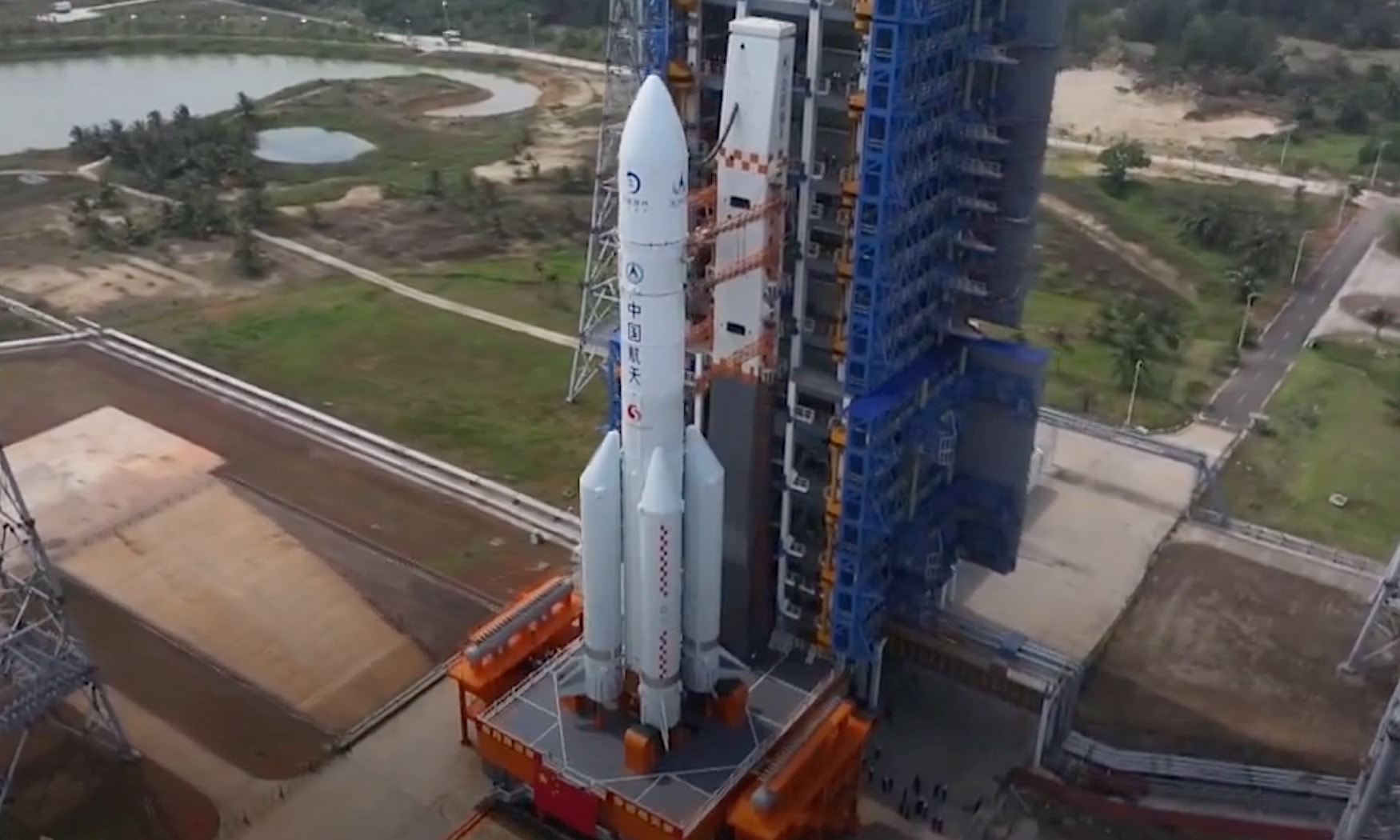The Moon holds a mystique in our skies, its familiar face always presenting the same side to Earth due to tidal locking. This perpetual concealment of the far side has sparked endless speculation and artistic expression.
Yet, despite the Apollo missions and various probes, direct exploration and sampling from this enigmatic hemisphere have remained elusive. China, however, has started on a mission to change that narrative.
The Chang’e program, named after the Chinese goddess of the Moon, has already achieved significant milestones, including the first soft landing on the far side by Chang’e-4 in 2019. Now, with Chang’e-6, China aims to go deeper by collecting samples from the lunar surface.

Launched atop a Long March-5 rocket from the Wenchang Space Launch Center, the Chang’e-6 spacecraft carries an array of instruments to accomplish its mission.
Utilizing an orbiter, lander, ascent vehicle, and re-entry module, it will travel to the designated landing site, the South Pole–Aitken basin, on the far side of the Moon.
One of the unique challenges of this mission is maintaining communication with Earth, given the lack of direct line of sight. To address this, the Chinese Space Agency will rely on the Queqiao-2 relay satellite strategically positioned in lunar orbit.
International collaboration enhances the mission’s scientific potential, with instruments from France, Italy, and Sweden onboard to study various aspects of lunar phenomena.
The success of Chang’e-6 is not only a significant scientific achievement but also a crucial step toward China’s broader lunar ambitions. With plans for crewed missions and lunar bases on the horizon, the knowledge gained from this mission will pave the way for future exploration and colonization efforts.

